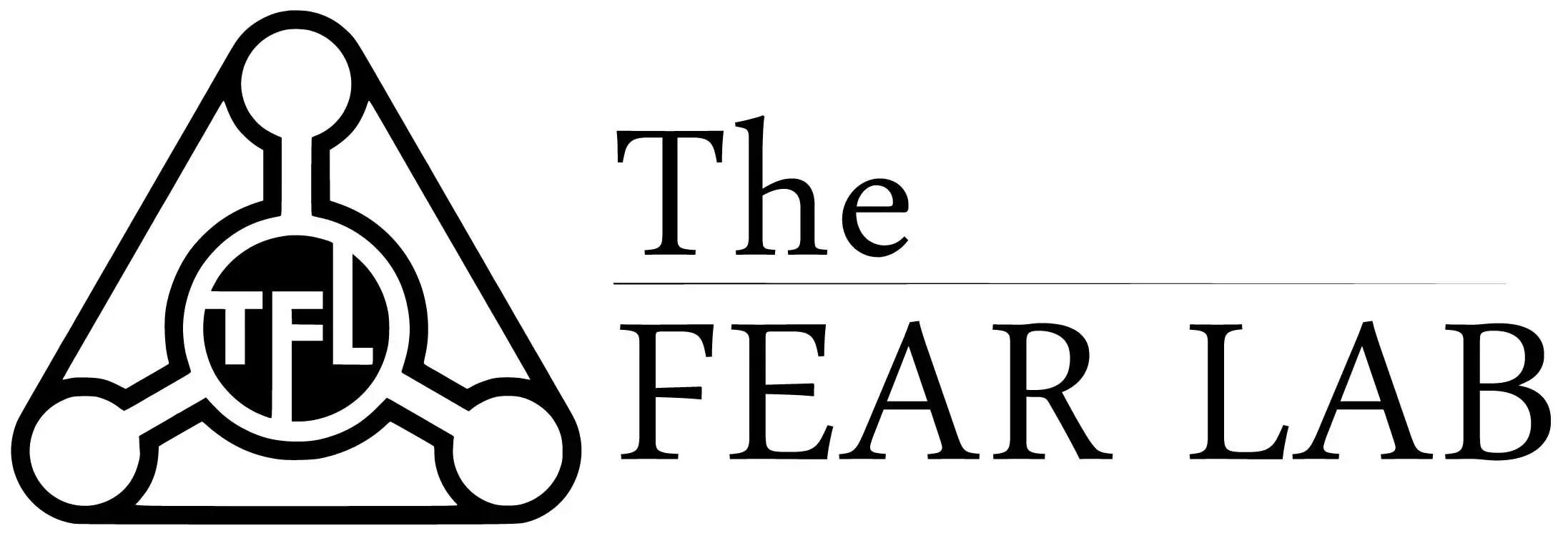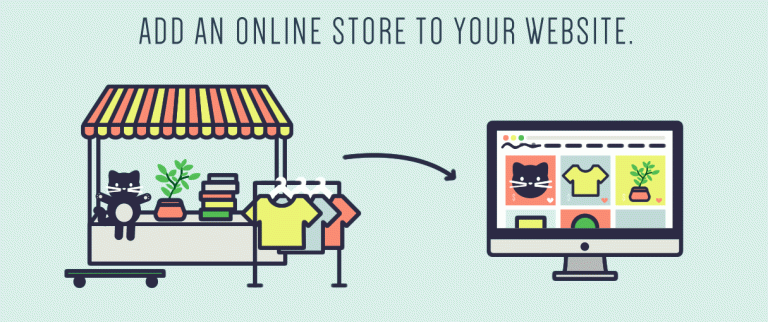How to Borrow From Your Life Insurance Policy
Whether it be for an emergency, some needed home repairs, or that can’t-miss investment opportunity, just about everyone needs a quick infusion of cash now and then. But if you don’t have the money readily available, maybe it’s time to consider a loan. With all the financial resources that seem to be floating around out there today, you might tend to overlook one that’s probably sitting in a desk drawer or a safe deposit box—your whole life insurance policy.
Determining Whether Your Policy Qualifies As a Loan Source:
Check to see which kind of life insurance policy you have. Not all life insurance policies allow you to borrow against them, so you need to find out the type of policy you own. The most common types of life insurance policies are:
- Permanent life policies. These policies have a savings element along with the mortality coverage, and that is why you can borrow from them. This category can be broken down into:
- Whole Life Insurance. You pay the same amount of premium for a specific period to receive the death benefit.
- Universal Life Insurance (also known as “adjustable life insurance”). You can reduce or increase your death benefit, and also pay your premiums at any time and in any amount (subject to certain limits) after you’ve made your first premium payment.
- Variable Life Insurance. Most of your premium is invested in one or more separate investment accounts, such as stocks, bonds and mutual funds. The interest that your accounts earn increases your policy’s cash value.
- Variable Universal Life Insurance. Gives policyholders the option to invest, as well as easily change the insurance coverage amount.
- Term Life Insurance. Pays the face amount of the policy at death, and only provides protection for a set term period (normally 30 years maximum). Does not build cash value.
- Only the owner of the permanent life insurance policy can borrow from it, not the insured or beneficiaries unless they are also the owner.
Deciding Whether to Take the Loan:
Weigh the benefits of a life insurance loan versus a conventional loan. There are several reasons a loan against your insurance policy may prove to be a better deal than a standard bank loan. Some of these are:
- There’s no approval process, credit check, or income verification since technically you’re borrowing against your own asset.
- Insurance policy loans usually have much lower interest rates than bank loans.
- You’re not limited as to how you can use the money. A bank might restrict how you can apply the loan proceeds, but an insurance policy loan has no such limitations.
- There’s no required monthly loan payment, and there’s no payback date. The balance of the loan will be deducted from the death benefit that goes to your beneficiaries.
Take into account the downside to borrowing against your life insurance. Few things in life are risk-free. And taking a loan against your insurance policy is no exception. For example:
- If you don’t pay the interest on your loan, the insurance company will add that unpaid interest to your loan amount. This interest is subject to compounding. What that basically means is that in addition to paying interest on the actual loan amount, you’re paying interest on all the accumulated interest as well.
- Dividends generated by the insurance policy will likely decrease as long as the loan is outstanding. Insurance dividends are basically a periodic return of your premiums. The dividend is based on the amount of your money available to be invested by the insurer. Taking the loan means that less of your money is available for investment, thus—lower dividends.
- In many cases, the cash value in your insurance policy is protected from creditors. However, once you withdraw money, the amount you take out is no longer sheltered.
- If the increasing amount of unpaid interest causes your loan balance to exceed your policy’s cash value, the insurance policy could lapse.
- To keep the policy from lapsing if your loan balance becomes greater than your policy’s cash value, you’d have to pay back the entire loan. You can’t pay it back in increments.
Requesting the Loan:
- You will need to be a trustee and have legal authority within the trust in order to make the transaction.
Determine the payout method. The loan application will most likely ask how you want the proceeds distributed. Obviously this will depend on your purpose for taking out the loan. Usually you’ll have the choice of:
- Having the proceeds paid by check (usually received in five to ten business days ), or
- Applying the loan amount to payment of future premiums. Sometimes people will do this if they don’t have the money available to pay the premiums out-of-pocket, but they don’t want their policy to lapse.
Keep track of the loan. Since you don’t have to make monthly loan payments, or pay back the loan within a certain time, it could be very easy to simply forget about it. That would be a mistake. Remember, your life insurance policy and the loan are financial investments. Here are some guidelines you might want to follow:
- Monitor the loan balance regularly, in comparison to the cash value of the policy. You don’t want the loan to exceed the policy’s cash value, which could result in the policy lapsing.
- Devise a disciplined loan repayment plan and make regular scheduled payments. Don’t forget that any amount of the loan remaining when you die means that much less money for your beneficiaries.
- Pay the interest on the loan every year to prevent the loan from increasing.
Article Source: https://www.wikihow.com/Borrow-From-Your-Life-Insurance-Policy

Hello! Let me enthusiastically introduce myself as a dedicated blogger fueled by an intense passion for meticulously crafting insightful and well-researched blogs. My mission revolves around providing you, dear readers, with a veritable treasure trove of invaluable information.






